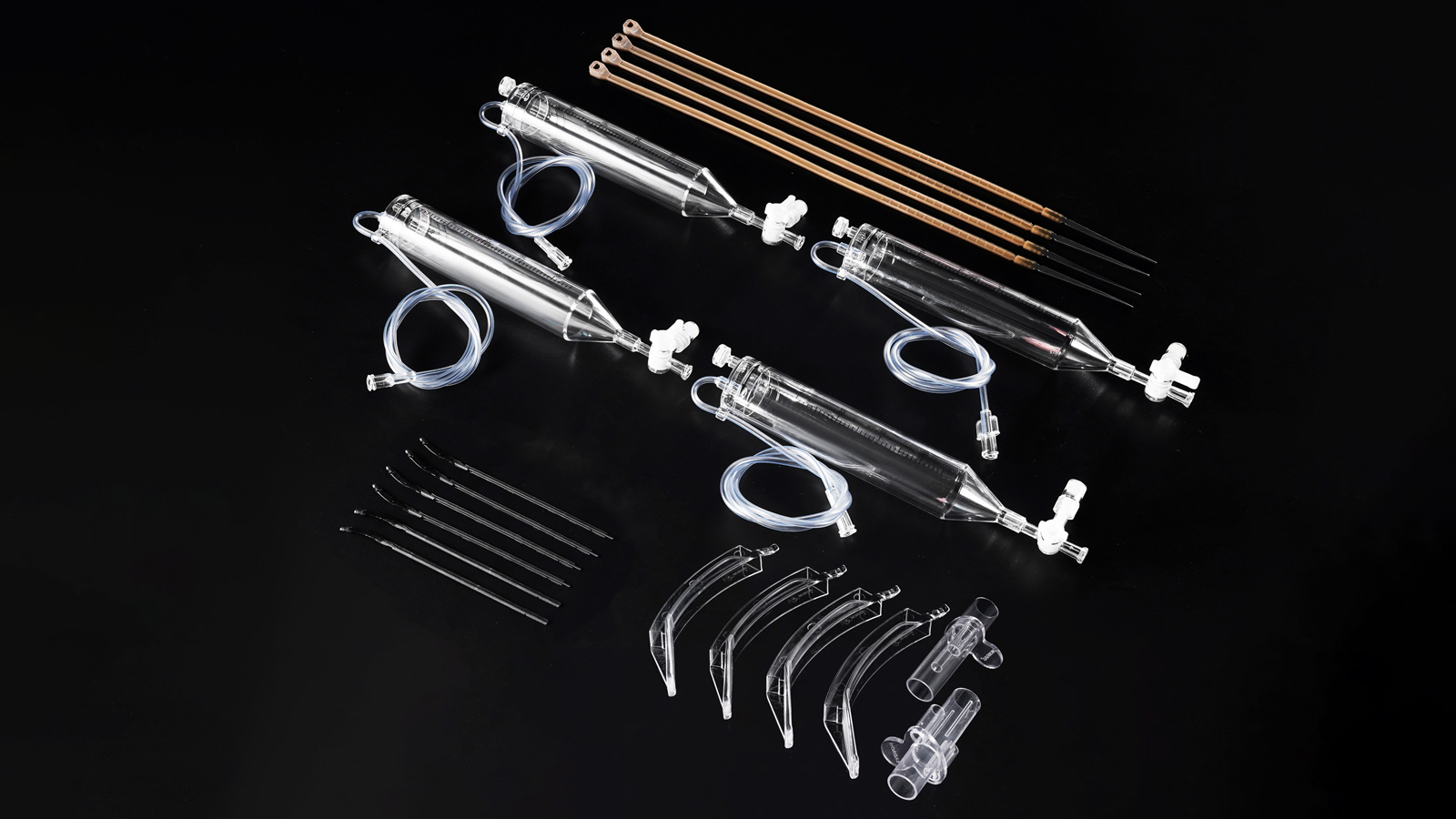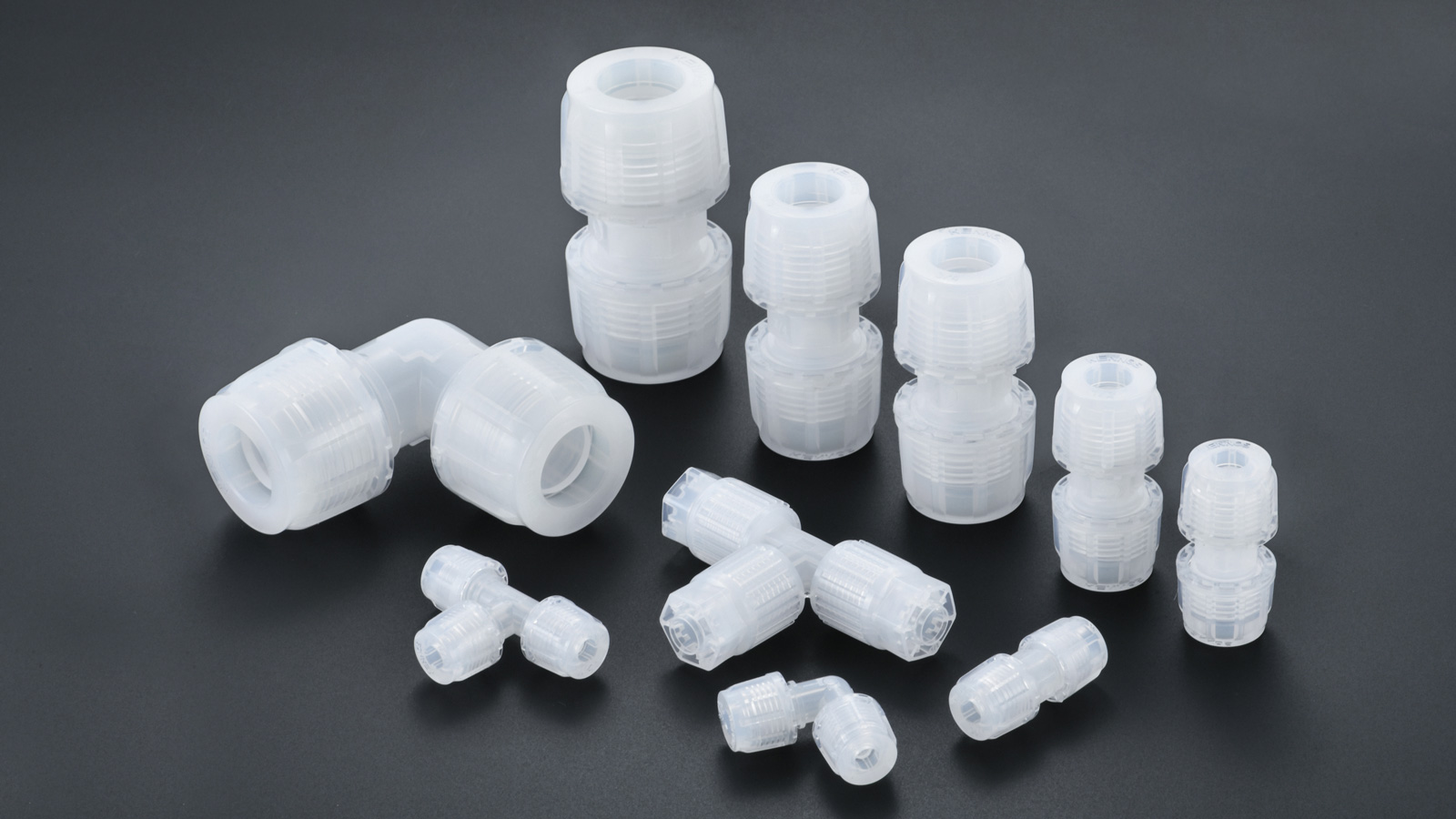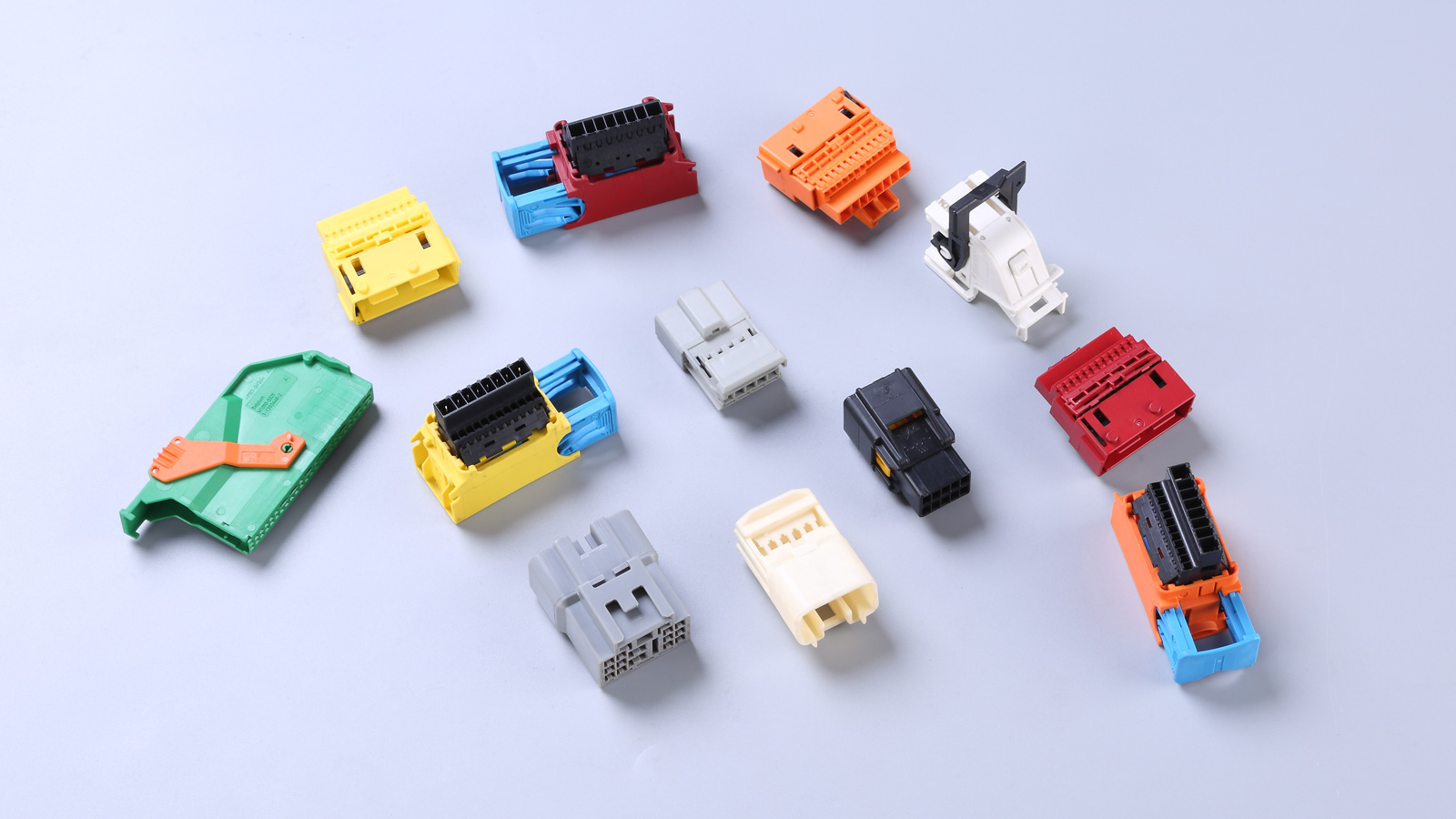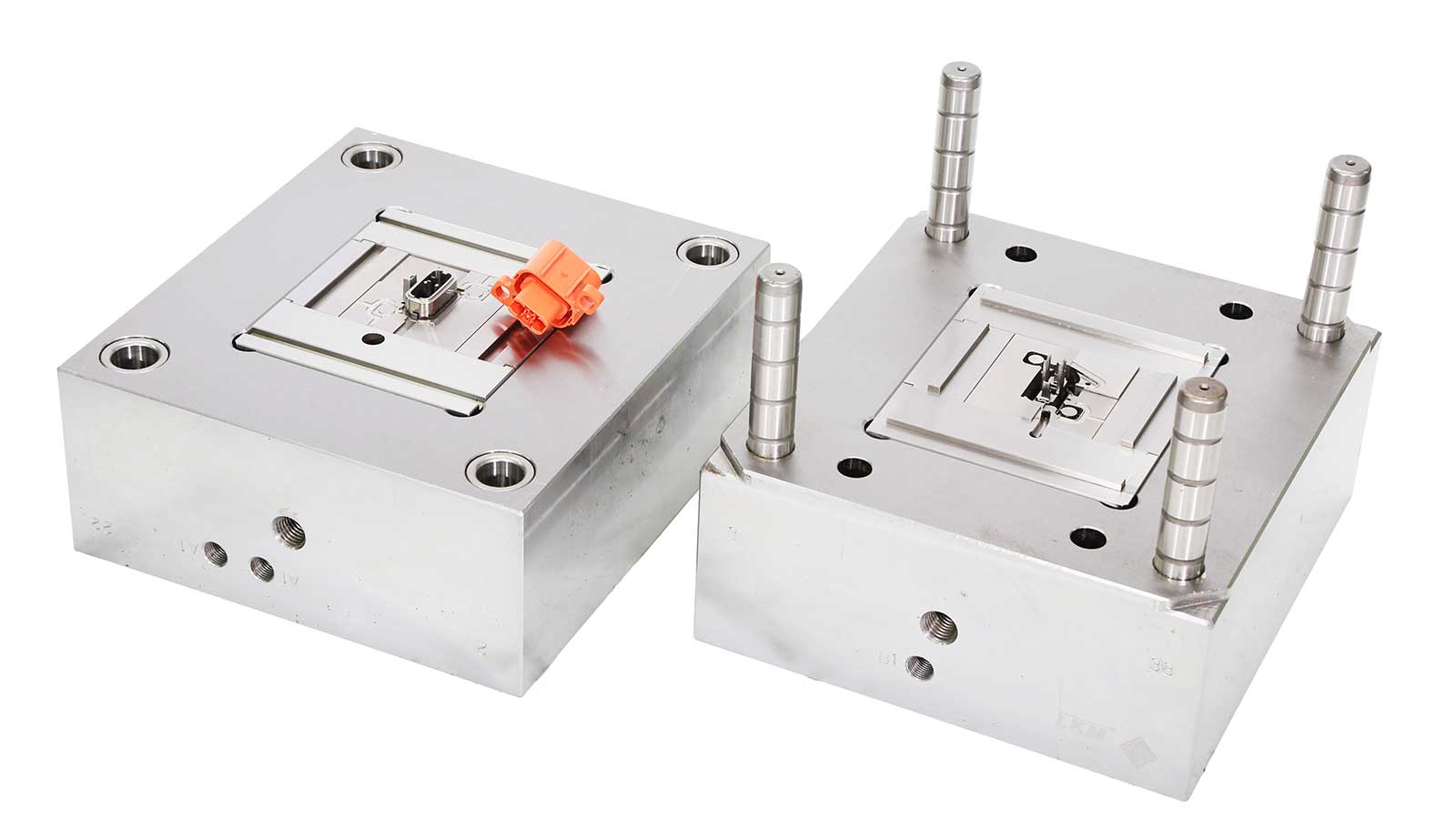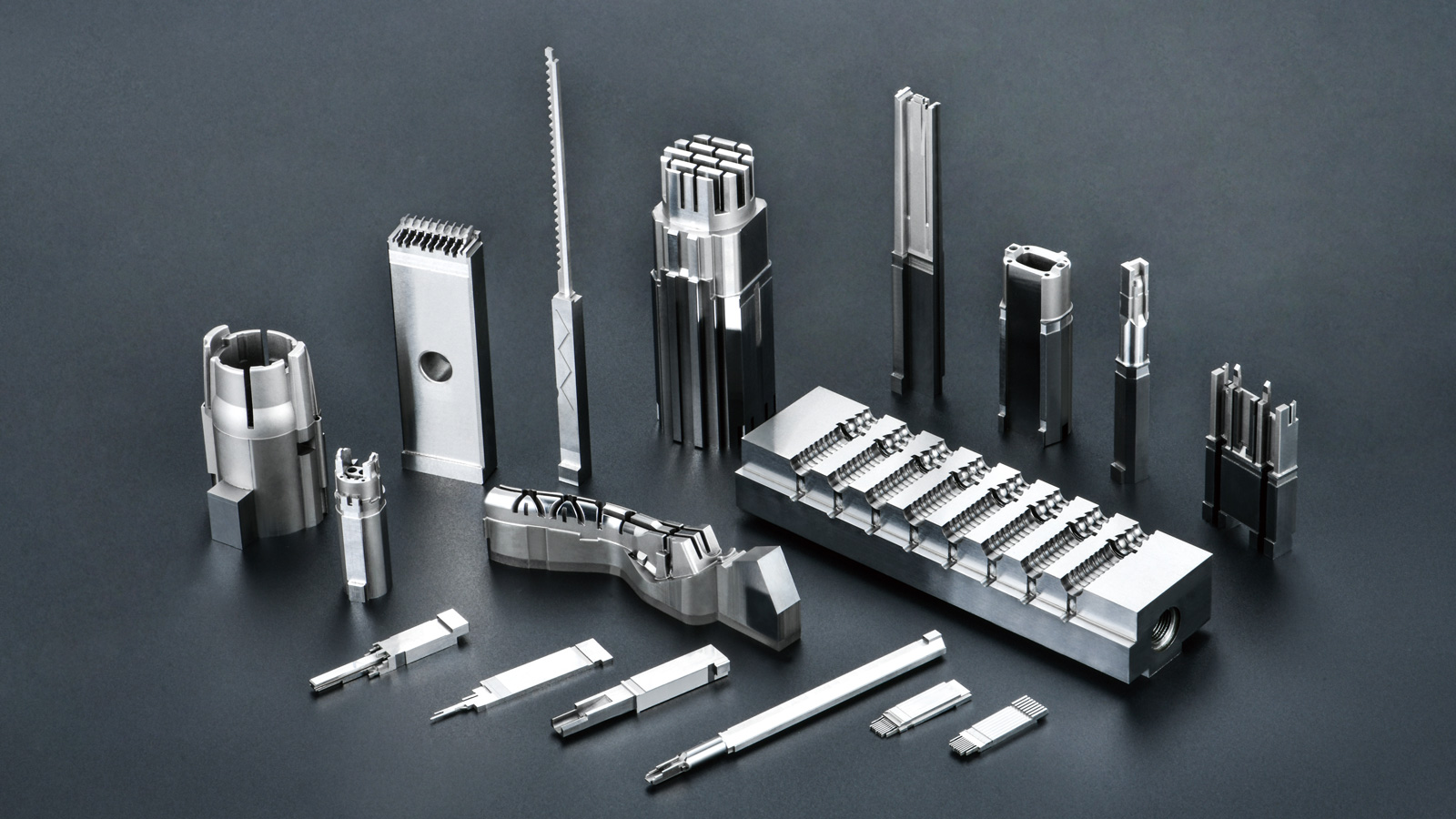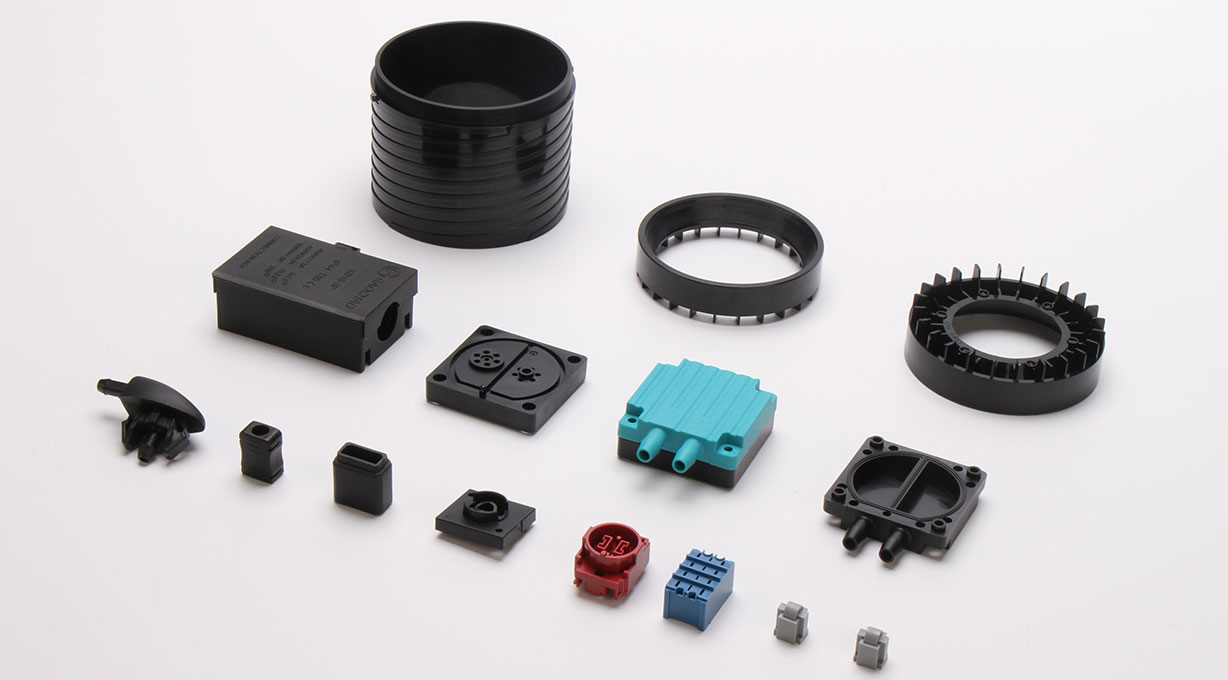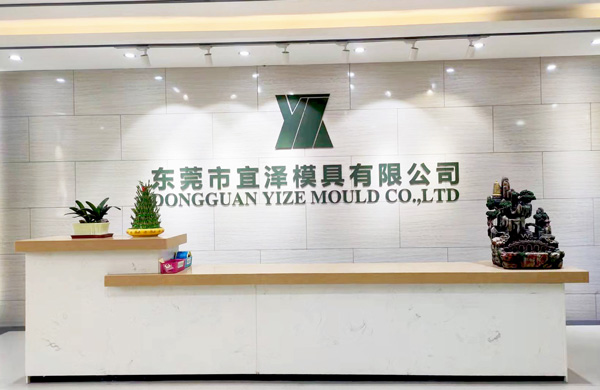In the field of injection mold manufacturing, mold hardness is a key indicator for measuring its quality and performance. Once an injection mold shows insufficient or uneven hardness after heat treatment, it’s like setting a “time bomb” for the mold. This not only significantly reduces the mold’s core properties such as wear resistance and fatigue strength but also leads to premature mold failure, greatly shortening the mold’s service life and causing substantial losses to production. Next, let’s delve into the various reasons for the insufficient hardness of injection molds.
Limitations of the Steel Material’s Own Characteristics
Poor Hardenability
When the cross-sectional area of an injection mold is large, if the selected steel material has poor hardenability, it’s like putting up numerous obstacles to improving the mold’s hardness. During the heat treatment process, steel with poor hardenability fails to fully quench the interior of the mold, resulting in significant hardness differences in different parts of the mold. Consequently, the overall hardness cannot reach the desired standard, thereby affecting the mold’s operational performance.
Impact of Carbide Substances
If the selected injection mold steel contains an excessive amount of carbide substances, it will also have a negative impact on the mold’s hardness. These carbide substances are unevenly distributed within the steel, disrupting its internal organizational structure. As a result, after heat treatment, the mold has uneven hardness, with some areas having relatively low hardness, reducing the mold’s overall strength and wear resistance.
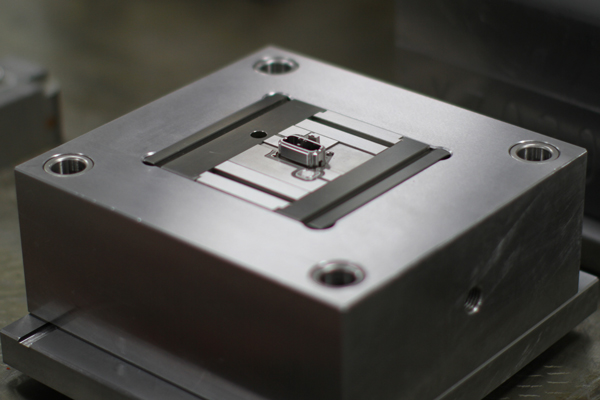
Improper Forging Process Handling
Incorrect Forging Process
The forging process of an injection mold is a crucial step affecting its quality. If the forging process is incorrect, such as improper control of the forging temperature or an unreasonable forging ratio, it will lead to an uneven internal organizational structure of the mold and generate residual stresses. These residual stresses will be released during subsequent heat treatment, affecting the mold’s hardness improvement and even potentially causing mold deformation or cracking.
Lack of Annealing Treatment
After forging, the mold needs to undergo proper annealing treatment to eliminate the residual stresses generated during the forging process, improve the steel’s organizational structure, and prepare for subsequent quenching treatment. However, if the mold does not receive sufficient annealing treatment after forging, a large amount of stress will remain inside the mold. During quenching, these stresses will combine with the quenching stresses, causing cracks in the mold and also affecting the uniformity of the mold’s hardness.
Flaws in the Processing Surface Treatment
Residual Decarburized Layer
If the decarburized layer generated during annealing or quenching heating is not completely removed from the processing surface of the injection mold, it’s like putting on a “soft coat” on the mold surface. The decarburized layer reduces the carbon content on the mold surface, resulting in insufficient surface hardness after quenching and poor wear resistance. During mold use, the surface is prone to wear, affecting the mold’s precision and service life.
Mistakes in the Quenching Cooling Stage
Cooling Rate and Medium Selection
If the cooling rate after quenching heating is too slow or the quenching cooling medium is improperly selected, it will seriously affect the mold’s hardness. A too-slow cooling rate fails to achieve the ideal quenching effect for the mold, resulting in insufficient hardness. An improperly selected quenching cooling medium may not provide sufficient cooling capacity or react adversely with the mold material, affecting the mold’s hardness and quality.
Impurities and Aging of the Medium
If the quenching cooling medium contains too many impurities or is aged, it will also have an adverse impact on the mold’s quenching effect. Impurities will adhere to the mold surface during the cooling process, hindering heat transfer and leading to uneven cooling of the mold and uneven hardness. An aged medium has reduced cooling capacity and cannot meet the quenching requirements of the mold, also resulting in insufficient hardness of the mold.
Lax Control of the Tempering Process
Insufficient Tempering and High Tempering Temperature
Tempering is an important process in the heat treatment of injection molds, aiming to eliminate quenching stresses and improve the mold’s toughness and stability. If tempering is insufficient, a large amount of quenching stress will remain inside the mold, affecting the mold’s dimensional stability and hardness. A high tempering temperature, on the other hand, will reduce the mold’s hardness and strength, failing to meet the usage requirements.
The insufficient hardness of injection molds is caused by the combined effects of multiple factors. During the mold manufacturing process, we must strictly control every link, from steel material selection and forging process to processing surface treatment, quenching cooling, and tempering process, striving for excellence. Only in this way can we ensure that injection molds have sufficient hardness and good performance, providing a strong guarantee for high-quality injection molding production.
